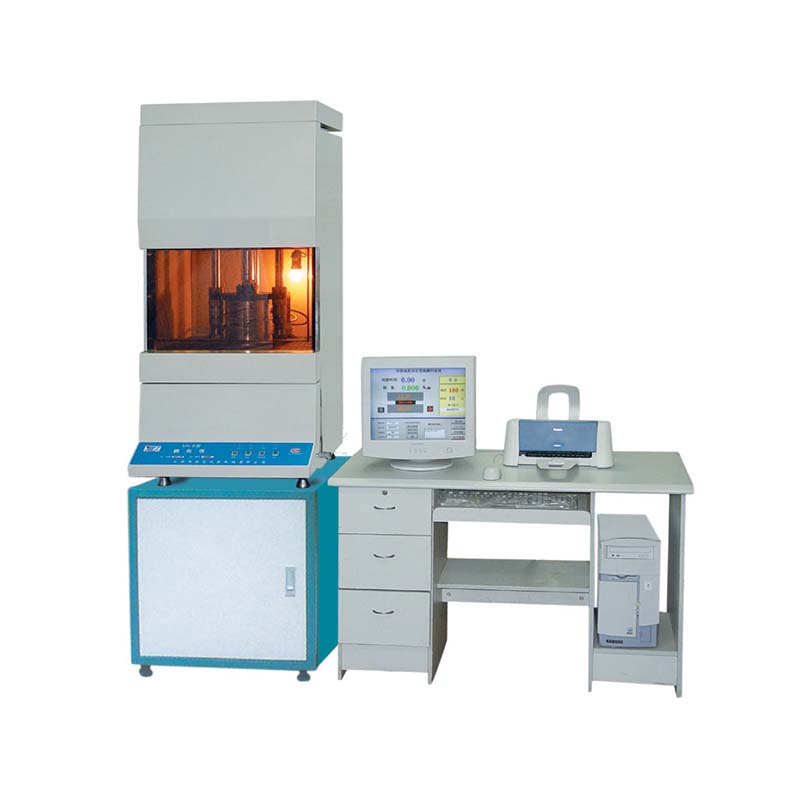Power Frequency Spark Test Equipment for Electrical Insulation Integrity Assessment
Understanding Power Frequency Spark Testers A Comprehensive Overview
Power frequency spark testers are essential diagnostic tools used in electrical engineering to evaluate the insulation integrity of various electrical components and systems. These devices operate at standard power line frequencies, typically 50 or 60 Hz, and can effectively identify insulation weaknesses and potential failures before they lead to catastrophic breakdowns.
What Is a Power Frequency Spark Tester?
A power frequency spark tester is designed to apply a high voltage test, usually alternating current (AC), to electrical insulation materials. The primary purpose is to detect breakdowns or leaks in the insulation that could lead to failures during normal operation. This testing method is particularly significant in industries where equipment reliability is critical, such as in power generation, transmission, and distribution.
Operational Principles
At its core, a power frequency spark tester works by energizing the insulation with a specified voltage for a predetermined time. The voltage is applied across the insulation barrier, and the tester monitors for dielectric breakdown, which could manifest as a spark-over or insulation failure. If the insulation withstands the applied voltage without any breakdown occurring, it is considered to be in good condition.
Power frequency testing is a favorite among engineers due to its simplicity and effectiveness. The voltage levels used are often significantly higher than operational voltages, allowing a robust check against insulation failures that may not be evident under normal working conditions. During testing, the operator needs to ensure safety precautions, given the high voltages involved.
Applications of Power Frequency Spark Testers
Power frequency spark testers find a multitude of applications across various sectors
. They are predominantly used inpower frequency spark tester

1. Cable Testing To assess whether high-voltage cables can withstand electrical stresses without failure. 2. Transformer Insulation Tests To ensure that transformer insulation systems are functioning adequately and can handle operational voltages. 3. Generator Testing To verify the integrity of generators, particularly those subjected to harsh operational environments. 4. Switchgear and Motor Testing To test the insulation of switchgear components and electric motors, ensuring reliable operation. 5. Maintenance and Troubleshooting Regular inspections using spark testers can help in predictive maintenance strategies, identifying slow degradations in insulation over time.
Advantages
The primary advantage of using power frequency spark testers is their reliability in identifying weak insulation before failure occurs. Early detection through testing can prevent expensive downtime and maintenance costs associated with unexpected failures. Moreover, the simplicity of the operation means that technicians can be trained quickly on how to use these testers effectively.
Another benefit is the non-destructive nature of the testing process. Since the testing is conducted at power frequency levels, it doesn’t damage the insulation under normal operating conditions, as long as the test parameters are within safe limits.
Safety Considerations
While power frequency spark testers are valuable tools, they must be used with caution. Safety is a paramount concern due to the high voltages involved. Operators must be trained in electrical safety protocols and should wear appropriate personal protective equipment (PPE). Furthermore, testing should only be conducted in a controlled environment where unnecessary personnel exposure to high voltages is minimized.
Conclusion
Power frequency spark testers play a critical role in the maintenance and testing of electrical systems. Their ability to detect insulation failures before they lead to system outages or damage provides significant operational advantages. As industries continue to rely on electrical systems for day-to-day operations, the importance of such testing tools cannot be overstated. By prioritizing insulation integrity through regular testing, organizations can enhance reliability, boost safety, and ensure the efficiency of their electrical systems.
-
Why the Conductor Resistance Constant Temperature Measurement Machine Redefines Precision
NewsJun.20,2025
-
Reliable Testing Starts Here: Why the High Insulation Resistance Measuring Instrument Is a Must-Have
NewsJun.20,2025
-
Flexible Cable Flexing Test Equipment: The Precision Standard for Cable Durability and Performance Testing
NewsJun.20,2025
-
Digital Measurement Projector: Precision Visualization for Modern Manufacturing
NewsJun.20,2025
-
Computer Control Electronic Tensile Tester: Precision and Power for the Modern Metal Industry
NewsJun.20,2025
-
Cable Spark Tester: Your Ultimate Insulation Assurance for Wire and Cable Testing
NewsJun.20,2025
 Copyright © 2025 Hebei Fangyuan Instrument & Equipment Co.,Ltd. All Rights Reserved. Sitemap | Privacy Policy
Copyright © 2025 Hebei Fangyuan Instrument & Equipment Co.,Ltd. All Rights Reserved. Sitemap | Privacy Policy
